Created by setup module.
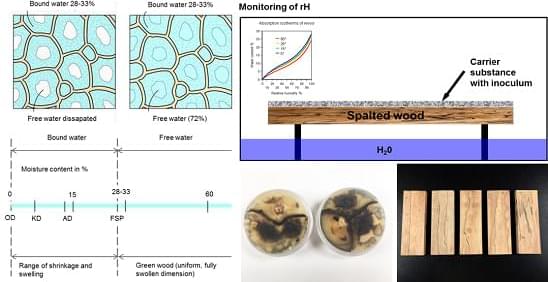

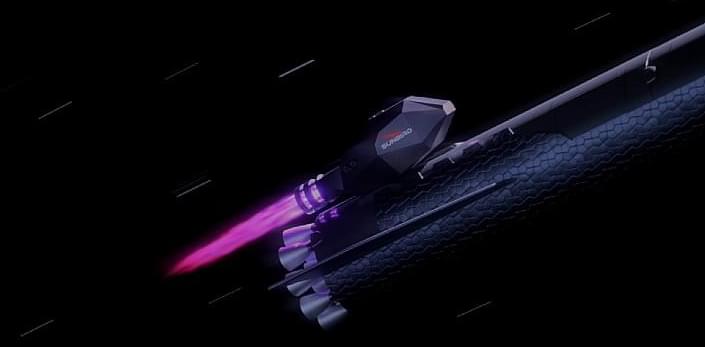
The company says that unlike the large amounts of fuel required for a chemical rocket, the relative tiny amounts of the deuterium and helium-3 fuel mix required means “a spacecraft would launch with a fixed supply, sufficient for missions like Pluto in four years, with no mid-flight refuelling needed”. (Repost)
The Sunbird nuclear fusion rocket concept has the potential to more than halve the time to travel to Mars and cut travel time to Pluto to about four years, the UK’s Pulsar Fusion says.
The company says its in-house team has been working on the project for a decade and it is “rapidly advancing toward in-orbit testing, with components of the system’s power supply set for demonstration later this year” and then demonstrated in orbit in 2027. They hope for a production-ready Sunbird in the early 2030s.
The Sunbird concept is for the fusion-powered ‘tugs’ to be permanently based in space, able to dock on to spacecraft and propel them at high speed over vast distances. Pulsar Fusion says it foresees a compact nuclear fusion engine providing both thrust and electrical power for spacecraft, including as much as 2 MW of power on arrival at a destination.
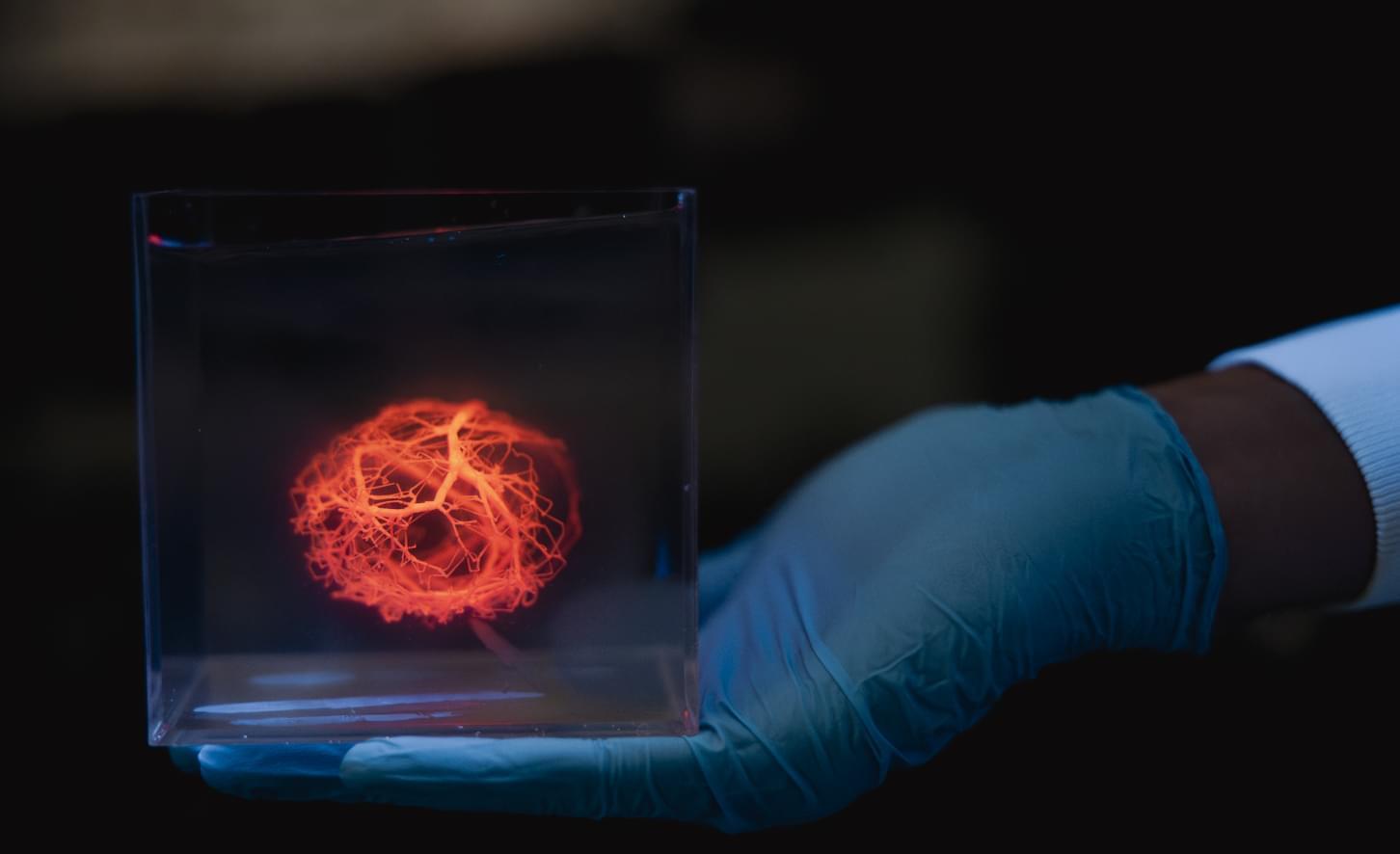

PFOS, also known as “forever chemicals,” are synthetic compounds popular for several commercial applications, like making products resistant to stains, fire, grease, soil and water. They have been used in non-stick cookware, carpets, rugs, upholstered furniture, food packaging and firefighting foams deployed at airports and military airfields.
PFOS (perfluorooctane sulfonate or perfluorooctane sulfonic acid) are part of the larger class of forever chemicals called PFAS (per-and polyfluoroalkyl substances.) Both types have been linked to a variety of health issues, including liver disease, immune system malfunction, developmental issues and cancer.
Because of their widespread use, PFOS are found in soil, agricultural products and drinking water sources, presenting a health risk. Xiaoguang Meng and Christos Christodoulatos, professors at the Department of Civil, Environmental and Ocean Engineering at Stevens Institute of Technology, and Ph.D. student Meng Ji working in their lab, wanted to identify the most efficient way to remove these toxins from the water.
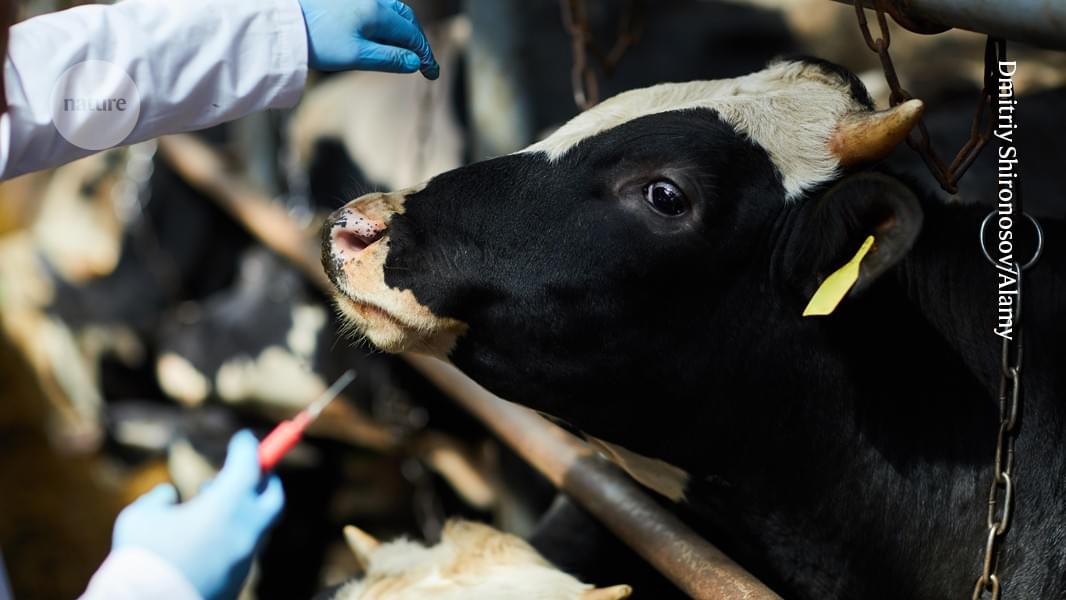
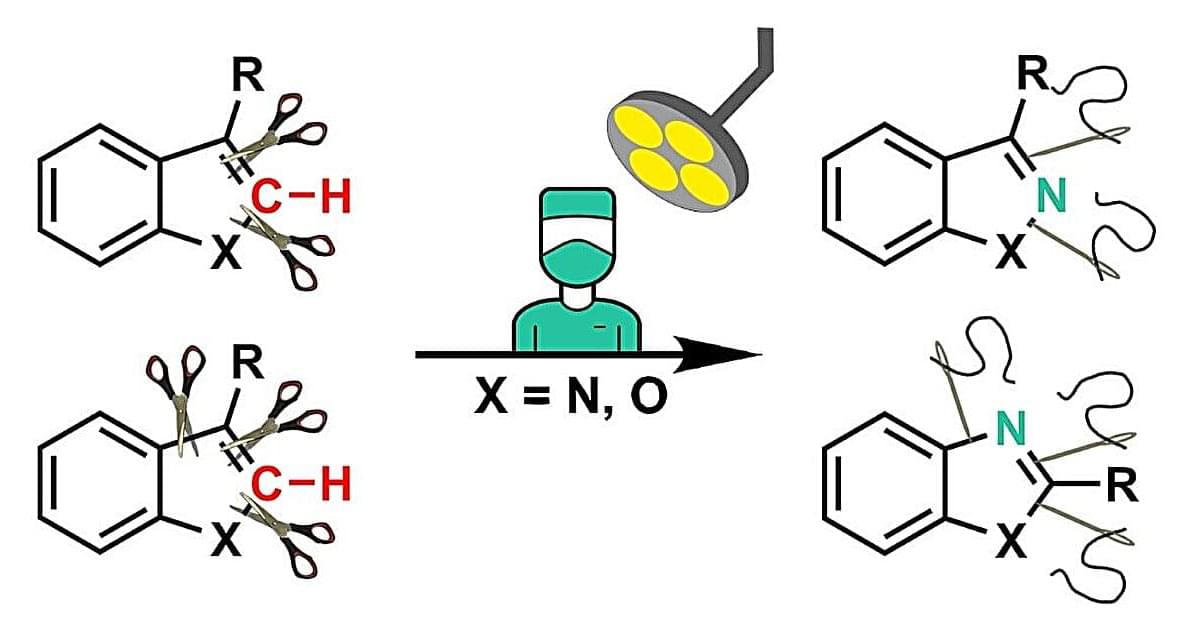
Skeletal editing is a modern approach to chemical synthesis. By making precise alterations at the atomic level, researchers are able to directly convert existing drug scaffolds into new, biologically relevant compounds.
A team led by chemist Prof Armido Studer from the University of Münster has developed a new strategy based on this technique to swap carbon atoms with nitrogen atoms (“C-to-N atom swapping”). The process functions within indole and benzofuran frameworks. These chemical structures, which contain two molecular rings consisting mainly of carbon, are common building blocks of pharmaceuticals and natural products.
“This technique expands the synthetic toolbox available for skeletal editing,” explains doctoral student Zhe Wang, who carried out most of the experimental work. It represents a step forward in the development of new molecules from established pharmacophores, i.e. the molecular components responsible for pharmacological effects.

Have you ever imagined what Antarctica looks like beneath its thick blanket of ice? Hidden below are rugged mountains, valleys, hills and plains.
Some peaks, like the towering Transantarctic Mountains, rise above the ice. But others, like the mysterious and ancient Gamburtsev Subglacial Mountains in the middle of East Antarctica, are completely buried.
The Gamburtsev Mountains are similar in scale and shape to the European Alps. But we can’t see them because the high alpine peaks and deep glacial valleys are entombed beneath kilometres of ice.
I honestly don’t know how I should be educating my kids. A.I. has raised a lot of questions for schools. Teachers have had to adapt to the most ingenious cheating technology ever devised. But for me, the deeper question is: What should schools be teaching at all? A.I. is going to make the future look very different. How do you prepare kids for a world you can’t predict?
And if we can offload more and more tasks to generative A.I., what’s left for the human mind to do?
Rebecca Winthrop is the director of the Center for Universal Education at the Brookings Institution. She is also an author, with Jenny Anderson, of “The Disengaged Teen: Helping Kids Learn Better, Feel Better, and Live Better.” We discuss how A.I. is transforming what it means to work and be educated, and how our use of A.I. could revive — or undermine — American schools.
00:00 Intro.
03:03 The future of education?
11:20 Modes of engagement.
17:27 Personalizing education.
26:25 The case for A.I. in schools.
35:09 Who gets left behind?
46:07 How A.I. can increase equity.
49:35 Becoming more human.
55:54 Willpower, literacy, and regulation.
01:01:10 Advice for parents.
01:05:20 Book recommendations.
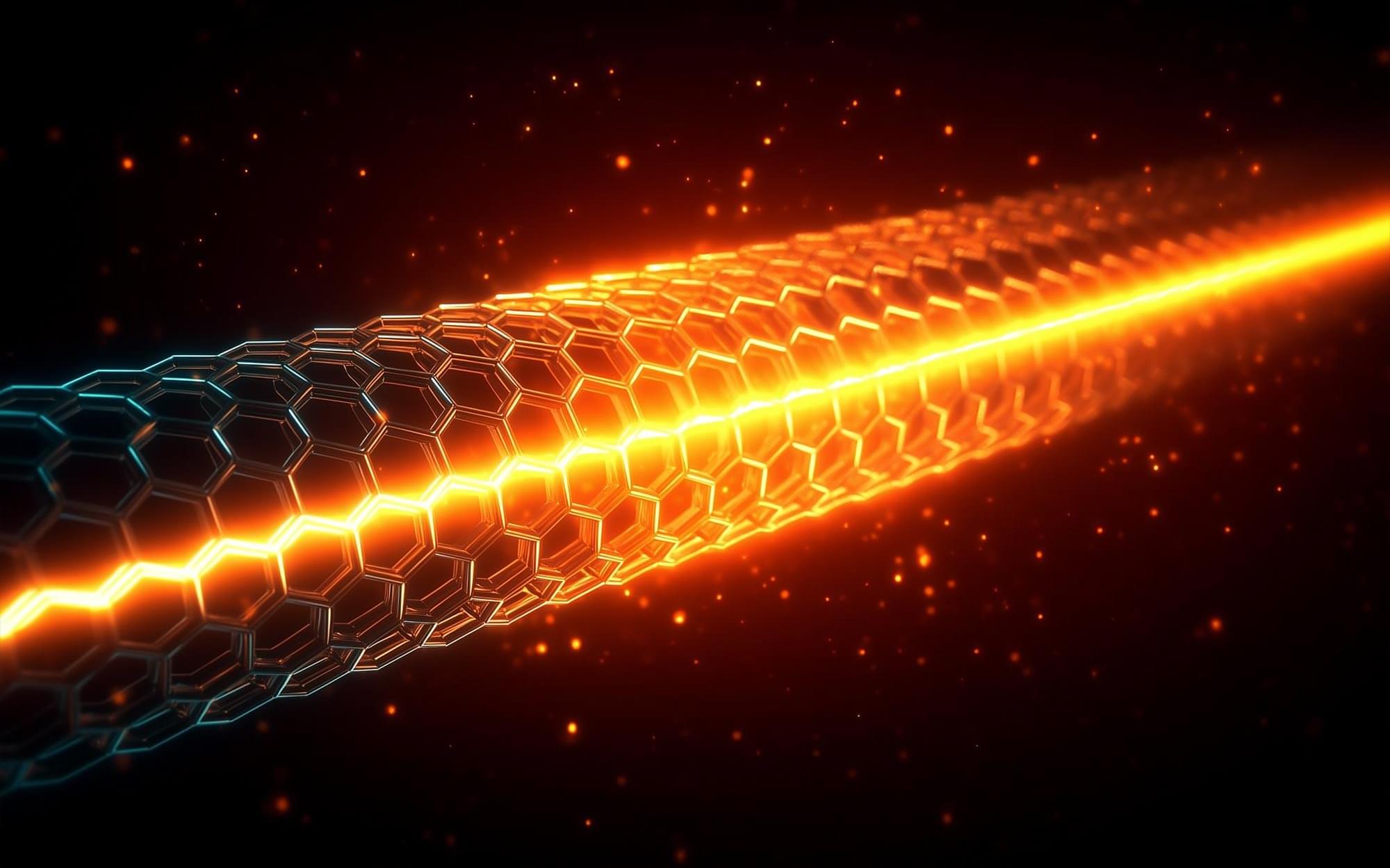
We just celebrated May the 4th, and now this.
You’re watching: 2025’s VOLONAUT AIRBIKE – The Jet-Powered Flying Bike That’s Actually Real!
Forget sci-fi… this is the future happening right now. The Volonaut Airbike isn’t just a concept or a CGI teaser — it’s a real, jet-powered flying bike that’s already tearing through the skies in 2025!
Unlike bulky drones with spinning blades, this beast lifts off with raw jet propulsion — no exposed rotors, no cockpit, and no nonsense. It’s built from carbon fiber and 3D-printed parts, making it ultra-light — 7x lighter than a motorcycle. The rider becomes part of the machine, steering it by body movement while a smart onboard flight computer keeps everything stable.
Created by Tomasz Patan, the genius behind Jetson ONE, the Volonaut Airbike is capable of reaching speeds up to 200 km/h (124 mph), soaring over forests, cliffs, and even deserts with mind-blowing agility.